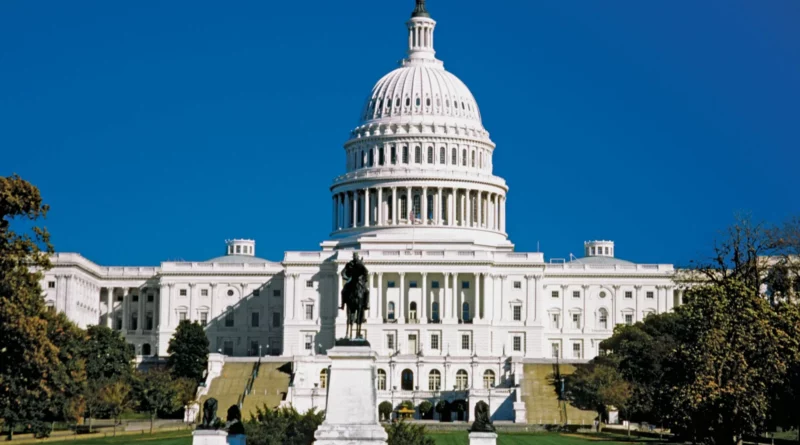History Of Washington D.C.
Washington, D.C., the capital of the United States, holds a unique place in American history. Its grandeur and significance lie not only in its architectural splendor but also in the pivotal role it has played in shaping the nation. From the vision of the Founding Fathers to the present-day political powerhouse, this article takes you on a captivating journey through the history of Washington D.C.
The Visionary Concept
The idea of establishing a distinct capital city separate from the states originated during the Constitutional Convention in 1787. The Founding Fathers sought to create a neutral ground where the federal government could operate independently. In 1790, President George Washington signed the Residence Act, designating a plot of land on the banks of the Potomac River to be the future capital of the United States.
Washington D.C. Design and Construction
Renowned French architect Pierre Charles L’Enfant was tasked with designing the city. L’Enfant’s grand vision included broad avenues, spacious parks, and prominent public buildings, all radiating from a central point—now known as the Capitol Building. Construction began in 1791, with both enslaved African Americans and skilled laborers working side by side to bring L’Enfant’s plans to life.
The Burning of Washington D.C.
During the War of 1812, British forces launched a surprise attack on Washington, D.C. In August 1814, they set fire to several important government buildings, including the White House and the Capitol. However, the city proved resilient, and reconstruction efforts began promptly, restoring Washington, D.C. to its former glory.
The Growth of Political Influence
Throughout the 19th and early 20th centuries, Washington, D.C. witnessed the expansion of its political influence. As the United States grew and evolved, so did the role of the capital. The city became a symbol of democracy, hosting historic events such as the Inauguration of Abraham Lincoln, the Civil Rights March on Washington, and the funeral of Martin Luther King Jr.
The Iconic Landmarks in Washington D.C.
Washington, D.C. boasts an impressive array of iconic landmarks that have become synonymous with American democracy. The Washington Monument, towering 555 feet above the National Mall, stands as a tribute to the nation’s first president. The Lincoln Memorial, with its majestic statue of President Abraham Lincoln, is a symbol of unity and equality. The United States Capitol, the Supreme Court, and the White House are powerful symbols of American governance and have witnessed the shaping of the nation’s history.
Cultural and Educational Hub
Beyond politics, Washington, D.C. is also a vibrant cultural and educational center. The city is home to numerous world-class museums, such as the Smithsonian Institution, which houses a vast collection of art, history, and scientific artifacts. The Library of Congress, the largest library in the world, preserves and shares invaluable cultural heritage. With prestigious universities and research institutions, Washington, D.C. attracts scholars and students from around the globe.
Conclusion
Washington, D.C. stands as a testament to the enduring spirit of American democracy. From its visionary conception to its iconic landmarks and pivotal role in shaping the nation’s history, the capital continues to inspire and captivate visitors from all corners of the world. Its rich heritage and vibrant present ensure that Washington, D.C. remains an essential destination for those seeking to explore the heart and soul of the United States.
Discover more from City Towner
Subscribe to get the latest posts sent to your email.




